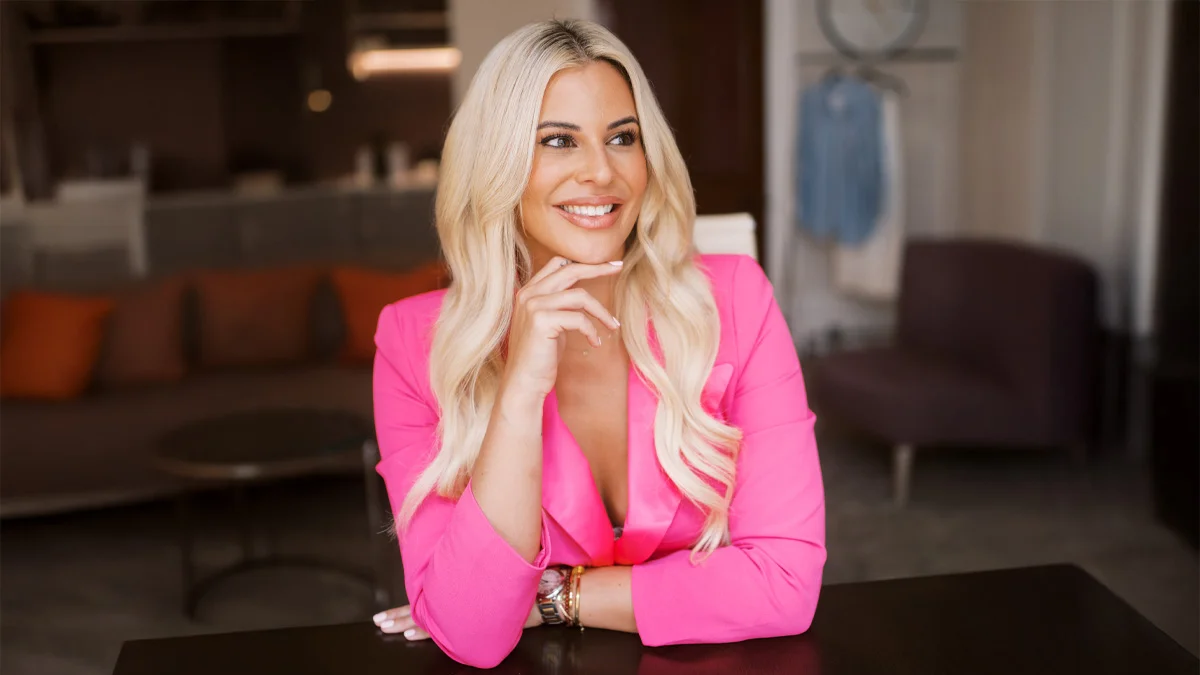
If you’re a regular user of LinkedIn, you might get a feeling of déjà vu whenever you scroll through the feed. People’s posts, whether quotes, pictures or videos, all look largely the same.
That's because when someone like Steven Bartlett, Brené Brown or [insert your own LinkedIn influencer here] breaks through the zeitgeist, many are quick to replicate hoping for the same glimpse of LinkedIn fame. But this is not the right way to approach personal branding, argues Amelia Sordell, author of The Personal Branding Playbook.
“Because the word ‘person’ and the word ‘brand’ is used, people think it’s a ‘look at me exercise’,” says Sordell. “What a lot of people get wrong is, your personal brand is your personal life. They’re not different. It is simply a phrase that describes your reputation at scale.”
Sordell runs the personal branding agency Klowt. There, she works with a lot of founders and CEOs who are worried that will have to start posting pictures of their kids on holiday or cringe-worthy quotes. But, she says, that misses the point.
“Your personal brand is personal to you,” she says. “But it is not a brand, it is not a shiny, removed object that you have to invent. It is something you have to build and grow... but is based on how you communicate already.”
The reason for wanting to build a personal brand also needs examining. Some start with the intention of gaining a huge following on social media, with every post thousands of reactions and comments. But while this might be the goal, business leaders need to think about why that is important and how it plays into their wider strategy.
“You need to have a very clear goal in mind,” she says. “Am I trying to win new business for my business? Do I want to hire new team members? Do we need capital investment? Are we looking for angel investors? Do you want to get on the Honours list?”
Once you have this goal to aim for, the next question to ask is what audience do I need to get in front of to make that happen?
“A lot of people misunderstand the ‘what do you want to be known for’ piece of this,” she continues. “When I’ve asked people this in the past, they would say for recruitment or accounting services. However, people don't want to know you for those things, they want to know you for the outcome of those things.”
In the case of a recruiter, you’d need to be known for being a good employer, good at hiring or championing employees. Essentially being a candidate and an employer's best friend. Having a true understanding of your goal plays into the kind of people you’d like to get in front of, which then informs the third step of the equation: creating content that speaks directly to them.
Take Sordell, for example. Aged 21, products from her womenswear brand were stocked in retailers throughout the country, but a few missteps led to her having to close the business and lose everything. She re-entered the workforce in recruitment.
She was told to make 100 calls a day as part of the role, but these calls rarely led to her speaking to a decision-maker. She felt there was a better way of doing business, so using the skills learnt from her own business venture she started using LinkedIn to get in front of CEOs.
“I was creating lists on LinkedIn of CEOs of very specific companies and I was basically sending them mail merges,” she recalls. “The response that I got from that 20- or 30-person list was a 70 per cent open rate, 50 per cent response rate and then 20 per cent of them said they wanted to have a conversation.”
This use of LinkedIn snowballed. In a little under four months, she went from having 1,500 followers to 13,000 because she was posting about marketing, employee engagement, leadership and how to be a better employer.
People started messaging her asking how she scaled her following – and the seed of an idea was planted. During the pandemic, she decided to scratch her entrepreneurial itch once again and set up Klowt. Today, she has nearly 350,000 followers across social media and her company generates more than £3m in revenue.
For Sordell, growing her personal brand had the goal of making her more efficient. She knew she wanted to target decision-makers in specific companies and create content around what they wanted to see.
“All the content I put out there is specifically designed for a specific person to feel seen in what I'm saying and therefore get value from it in some capacity,” she says.
“Whether they feel like I've empathised with them, I understand a particular pain point or simply that I've just put something out there that they're like, ‘Oh my God, I can completely relate to that’, that, in turn, builds trust with my audience.”
The biggest mistake she believes people make when it comes to personal branding online is pretending to be someone they're not. This is an issue because authenticity is so important to how we view people.
“As humans, the energy of our emotional state can be measured in a frequency,” she says in her book. “Research has found that the highest frequency emotion is authenticity, and not by a little, but by a lot: 400 times more than love.
“When you have interactions with someone, whether it’s face-to-face or online, there is an energy exchange that takes place. If you go into that interaction with authenticity and the person you are engaging with is also emitting that same emotion, your frequency will double. That is why authenticity is so damn powerful.”
Authenticity is something Sordell lives and breathes. Her number one tip in her book is “just f*cking post it”. This is perfectly paired with her third tip, which is “there is no such thing as a perfect piece of content”. The incentive to focus on your personal brand to grow your company is baked into LinkedIn’s algorithm.
LinkedIn expert trainer Sarah Clay estimates that personal LinkedIn posts get up to 561 per cent more engagement than company page posts. Take this a step further and expand it out through your employees and that’s where the magic happens. Some leaders may worry that their best talent will be poached if they build their personal brand or be intimidated by an employee with thousands of followers, but Sordell says that you can look at it in a different way.
“TripAdvisor and Glassdoor exist for a reason, she says. “Ninety-two per cent of people trust the opinion of a stranger online and you've already got these people on payroll. Why wouldn't you want to use them as a distribution channel for your business? It's like having 50 more revenue streams and saying, ‘Nah, we're quite happy with these two that we've got.’”
However, she’s quick to add a caveat: “If your team is posting content and they get poached as a result of that, they didn't get poached because they posted content. They got poached because they weren't happy where they were. People need to understand that a fear of losing people through posting content is an excuse for your lack of leadership and your lack of employee engagement.”
How effective are Sordell and Klowt’s methods? She shares an example of work they did with the leadership team of a large betting company. One of the senior leaders seemed disengaged and didn’t want to be in the session. After a few sessions with Sordell, he started to engage and take her advice.
“Now, he has thousands of followers on LinkedIn,” she says. “He gets paid to speak on stages all around the world, he's done podcasts and to this day he's consistently posting.
“He's not mainstream famous and doesn’t have millions of followers but he has a very bought-in, engaged audience of people who are in the same sector that he's in, that are the same level that he's at, that then want to pay to see him on stage. This has opened so many doors for him outside his work that he would never have had access to had he not started posting on LinkedIn.”
You can read more about these methods in Amelia Sordell’s book The Personal Branding Playbook: Turn Your Personality Into Your Competitive Advantage, which is available now.
Related and recommended
The hotel executive believes the hospitality industry needs to be proactive in hiring to reflect society
The legendary ad exec believes leaders should collaborate with the technology, rather than use it as a tool
Entering new markets drives growth but can trip up the unwary. Here’s everything you need to know before you start
Richard Harpin, the founder of HomeServe and Growth Partner and owner of Business Leader, answers your burning business questions
